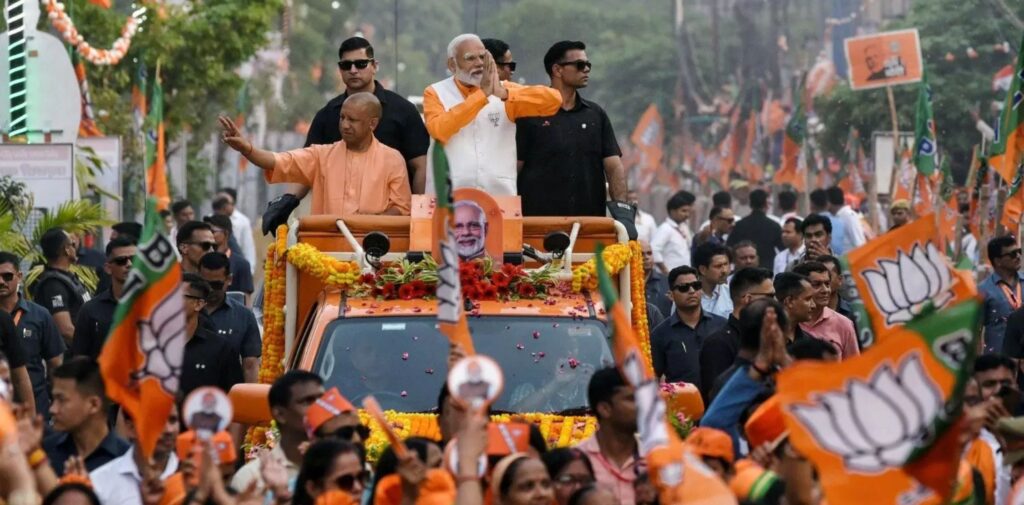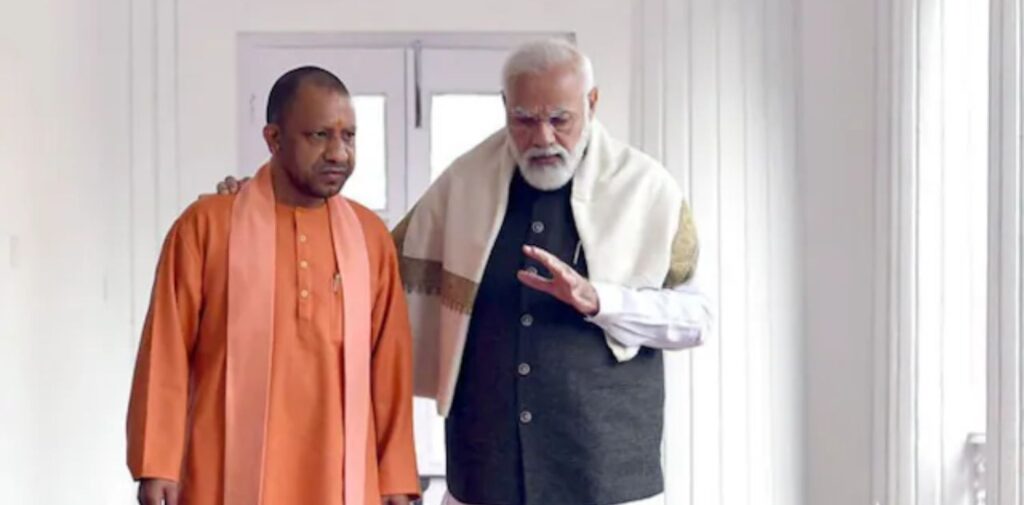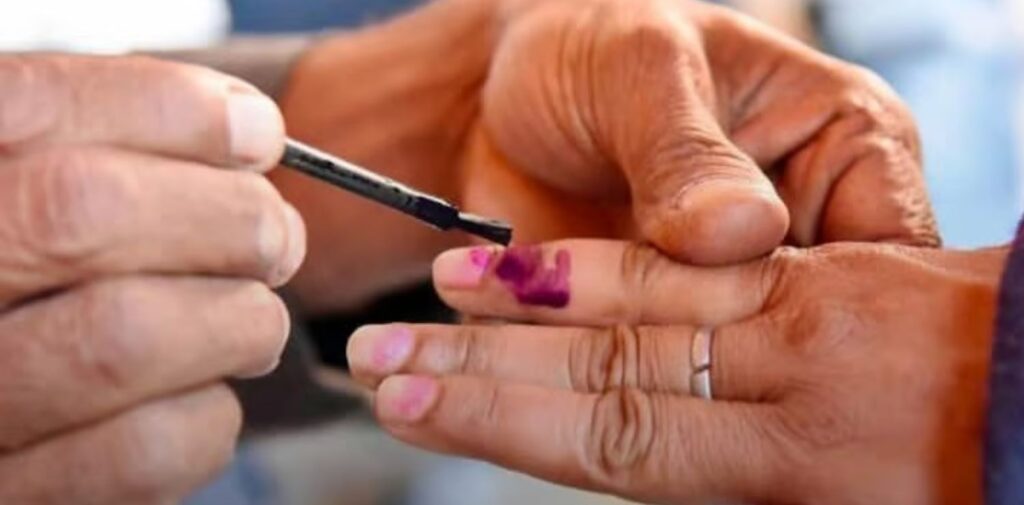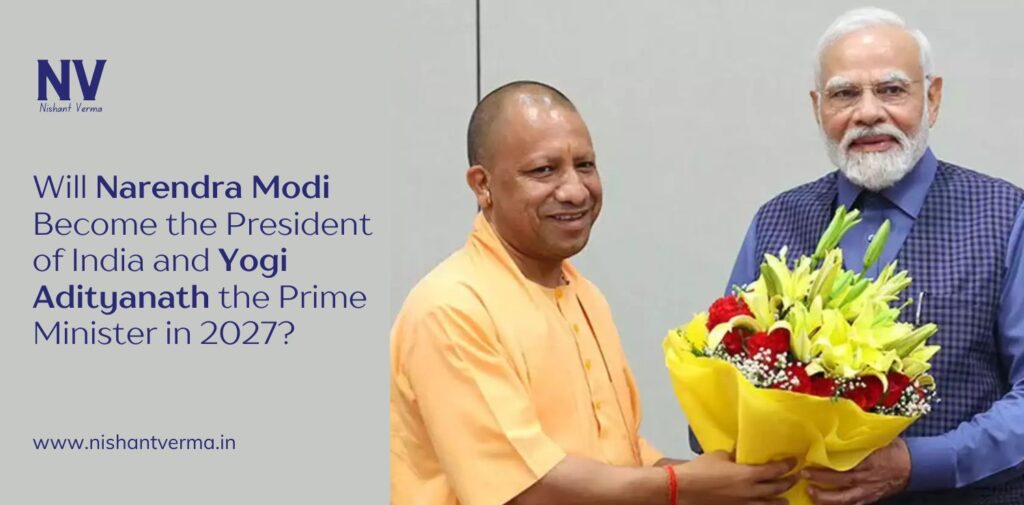As we look ahead to the Indian political landscape of 2027, the possibility of Narendra Modi becoming President of India while Yogi Adityanath assumes the role of Prime Minister is an intriguing topic. This speculation draws on a mix of political history, current events, and constitutional considerations. Let’s delve into this scenario by examining various questions and related points.
What Are the Current Political Trends Indicating for 2027?
In recent times, the Bharatiya Janata Party (BJP) has demonstrated a significant grip on Indian politics. Reports suggest that the BJP is poised for another victory in Uttar Pradesh, a critical state for national elections. The Times of India article notes that the BJP is likely to continue its dominance in UP in 2027 under the leadership of Chief Minister Yogi Adityanath. This projection aligns with other sources, including the Daily Pioneer, which highlights Yogi’s anticipated success in upcoming elections.
This dominance could set the stage for a major shift in national leadership roles. The speculation that Modi might become President while Yogi Adityanath takes over as Prime Minister reflects a strategic consolidation of power within the BJP. Given the party’s current trajectory and historical performance, such a shift could indeed be plausible.
How Does the Population Growth and Electoral Representation Factor In?
A critical aspect of this speculation involves the representation of constituencies in the Lok Sabha. Historically, the number of seats in the Lok Sabha has remained unchanged since 1971 despite significant population growth. This has led to calls for electoral reforms to better reflect demographic changes. The Quora discussion on this topic raises the possibility that if the representation were adjusted to account for population growth, the BJP’s slogan “Ab Ki Baar 400 Par” (This Time 400 Seats) might become a reality.
Such a change would not only impact electoral strategy but also influence the overall political landscape. The argument for increasing the number of MPs to 848, as suggested, hinges on the need to ensure that electoral representation aligns with population growth. If these reforms are implemented, they could potentially give a significant boost to the BJP’s chances of securing a larger share of seats

What Is the Likelihood of Narendra Modi Becoming President and Yogi Becoming Prime Minister?
The Hindustan Times highlights Yogi Adityanath’s commitment to serving the people and his strong position in Uttar Pradesh. As a prominent BJP leader, Yogi is well-positioned to take on the role of Prime Minister if the BJP maintains its electoral success.
Conversely, Narendra Modi’s potential transition to the presidency is a strategic move that has been speculated upon for some time. According to the Quora discussion, there is ongoing debate about whether Modi will choose to step into a more ceremonial role as President while passing on the Prime Ministerial mantle to another BJP leader, potentially Yogi Adityanath. This scenario would allow Modi to consolidate his legacy while ensuring the continuity of BJP’s policies and leadership.

What Are the Implications of Such a Transition for Indian Politics?
If Modi were to become President and Yogi Adityanath were to become Prime Minister, it would signify a significant shift in Indian political dynamics. The President of India holds a largely ceremonial role, but such a move could be seen as a way for Modi to maintain a key influence in Indian politics while allowing a more active leader like Yogi to handle the day-to-day governance.
This transition could also reinforce the BJP’s dominance by placing two of its most influential leaders in prominent positions. It would likely strengthen the party’s ability to implement its agenda and maintain its political capital. The strategic move would also address any potential leadership vacuum and ensure a seamless continuation of policies.
How Do Electoral and Constitutional Reforms Play Into This Scenario?
The potential for Modi’s presidential candidacy and Yogi’s prime ministerial role is also influenced by the broader context of electoral and constitutional reforms. The need for updating electoral representation in the context of population growth could be a critical factor in shaping the 2027 elections. The BJP’s ability to navigate and potentially influence these reforms will play a significant role in determining whether this scenario unfolds.
Furthermore, the discussion around constitutional amendments to address the representation issue highlights the complexities involved in electoral reforms. If the ruling parties, including the BJP, address these issues effectively, it could significantly impact electoral outcomes and political alignments.

Is This Scenario Feasible?
In conclusion, the speculation that Narendra Modi might become President of India while Yogi Adityanath takes over as Prime Minister in 2027 is grounded in current political trends and strategic considerations. The BJP’s dominance, potential electoral reforms, and the roles of key leaders all contribute to the plausibility of this scenario.
The upcoming years will be crucial in determining whether these projections come to fruition. As political dynamics continue to evolve, the possibility of such a transition remains a significant topic of discussion among political analysts and the public alike.




